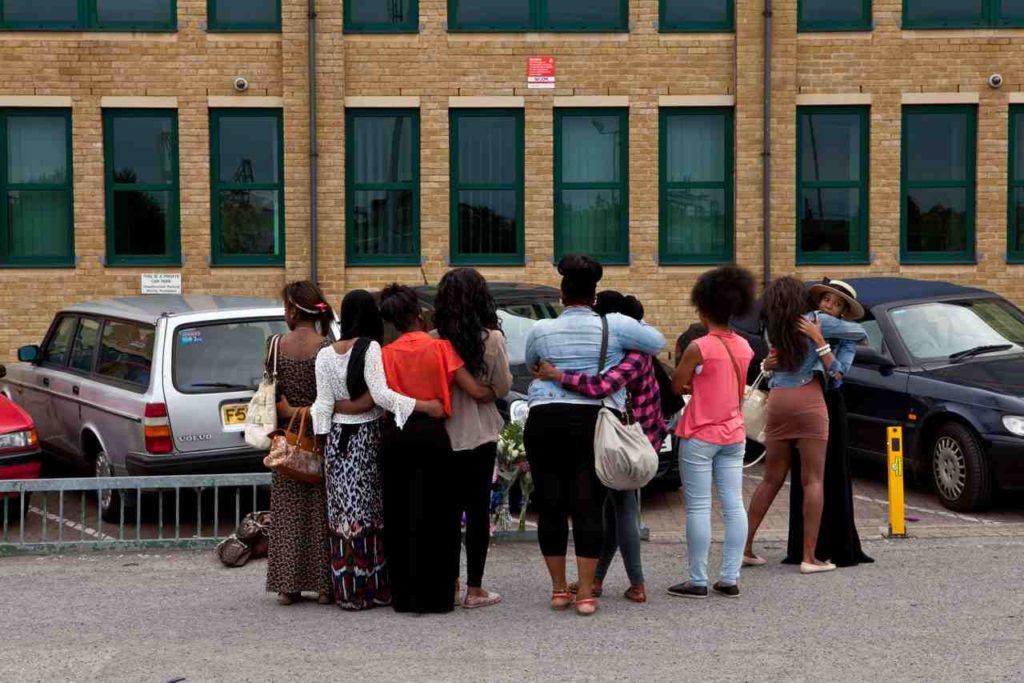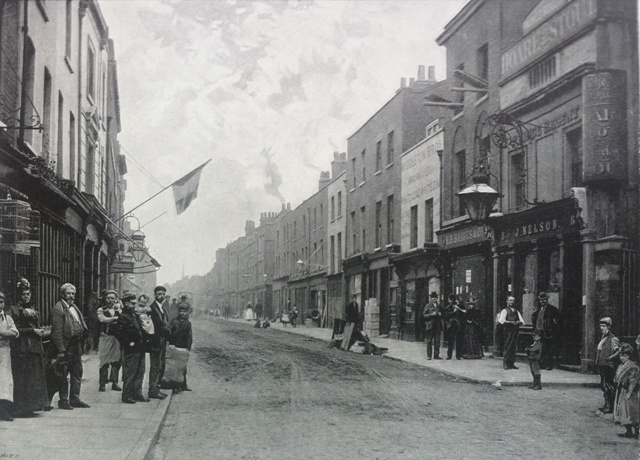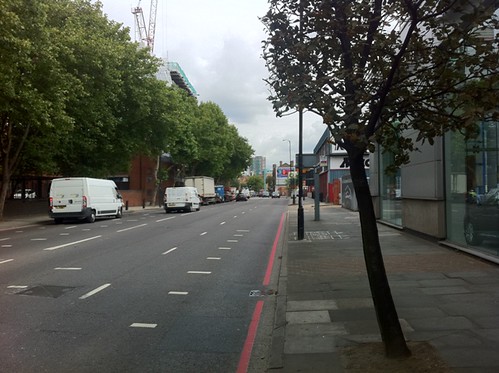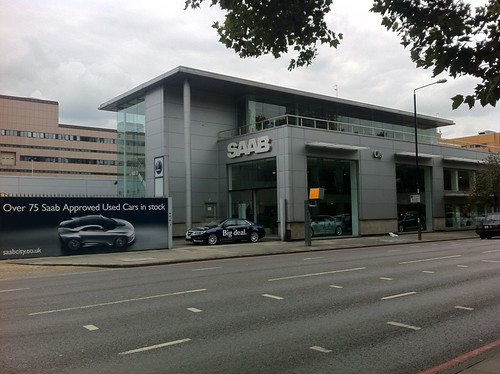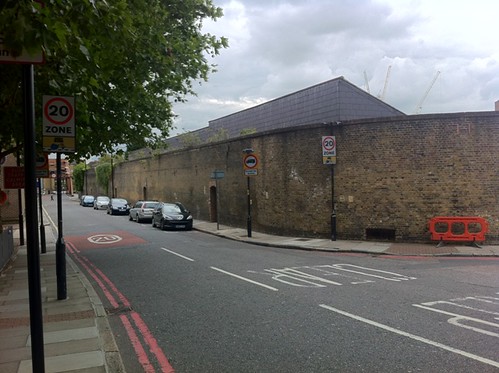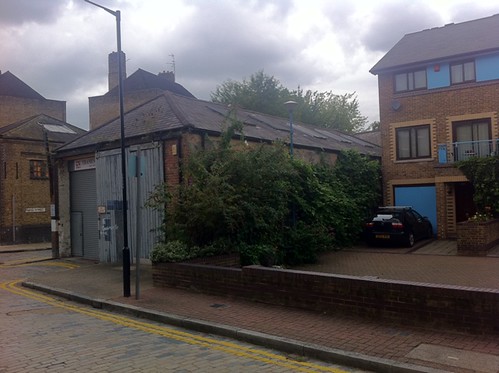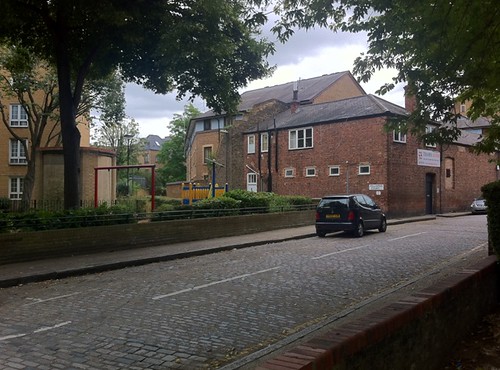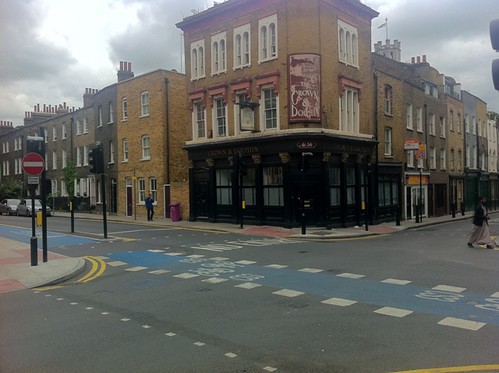The Metropolitan Police recently agreed to release details of all ‘murders’ (actually all homicides, including manslaughter) in the last five years following a Freedom of Information request.
There are a few discrepancies with our own list of murders but these actually illuminate how the Met records each homicide. The Met already releases monthly totals and a breakdown for each borough via its website but gives no other details to allow easy comparison.
First thing to note is they are only giving the name, age, recorded date and borough, but the Guardian has been able to use the data for its own map. The pdf released by the Metropolitan police has been deleted from their website.
Other findings:
- The ‘recorded date’ does not refer to the date of the attack or death of the victim, but to the date the Met recorded it as a murder. For example: Eric Mills was attacked in January 2008 and died in December 2009. The Met’s date of August 4, 2011, refers to the day the suspect was charged with murder.
- The spellings of victims names differ from those given previously by police or heard in court. Others are known by different names, such as Nazarine Samuel, also known as Beryl Gilchrist, June 25, 2010.
- There are some cases that appear never to have been reported in the media, or publicised by the Met, which remain unsolved/undetected (updates in italics):
- Andrew Isles, 30, June 26, 2011, Enfield – according to the Met this case is officially classified as ‘unexplained’.
- Michael Porter, 56, June 8, 2011, Southwark – no details held by Met press office. Likely to be historical. Further FOI request needed to seek details.
- Joelle Ayinla Munroe, 1, April 18, 2011, Lambeth – police press release issued without name of child, a two month old boy who died after suffering head injuries. Man and woman arrested but later released without further action. No further details available from Met, suggesting case closed.
- Michael Winn, 12, March 4, 2011, Camden – no details given by Met press office at time of writing, but the case eventually came to court in July 2014.
- Keith Needell, 84, January 31, 2011, Haringey – Press release issued in August 2011, suspect charged with attempted murder, police awaiting further postmortem. (Case went to court in March 2012)
- Twelve year-old girl and ten year-old boy (names anonymised at request of family), November 1, 2010, Ealing – actually relates to a historical case. An open verdict was returned at an inquest into their deaths in June 2001.
- Jack Vincent, 1, July 7, 2010, Havering – victim’s mother, a member of MPS staff, pleaded guilty to child cruelty in February 2011. Her sentence was later cut on appeal to 16 months.
- Stephen Holmes, 46, April 14, 2010, Haringey – historical case dating back to 1970s – this is said to be the first victim of Dennis Nilsen, who was 14 when he disappeared.
- Chelsey Butcher, 30, October 2, 2008, Hounslow.
- The list includes manslaughter cases, such as Wais Tanha, 18, November 9, 2010, Barnet. Wais was electrocuted at a recently refurbished kebab shop in Hendon in September 2010. A suspect was charged with gross negligence manslaughter but this has since been dropped.
- It includes cases that ended in acquittals of the suspects:
- Manji Hirani, 48, December 10, 2009, Brent. The suspect was charged with manslaughter and acquitted.
- Seamus Gill, 50, December 10, 2009, Ealing. The suspect was charged with murder but acquitted of both murder and manslaughter.
- Tom Hoyne and Chelsea Wright, March 18, 2009, Bexley. A suspect was charged with manslaughter but only stood trial on a health and safety charge. Tom Hoyne survived, which may explain why the ‘count’ column in his case reads ‘0’.
Some conclusions:
Not all of the cases listed are murder cases. A couple every year are manslaughter cases, while a small number are not officially homicides at all (i.e. unexplained deaths).
The practice of using a ‘recorded date’ and the method of adding historical cases does skew the statistics slightly but as this happens every year it is probably not signficant.
Having said that, it appears that five out of the 94 cases listed for 2011 (up to September 7) could be removed from the list, either because they relate to a different year or are not true homicides. Which means I could improve the figures by 5.3 per cent just by changing how they are recorded. Tempting, eh?
